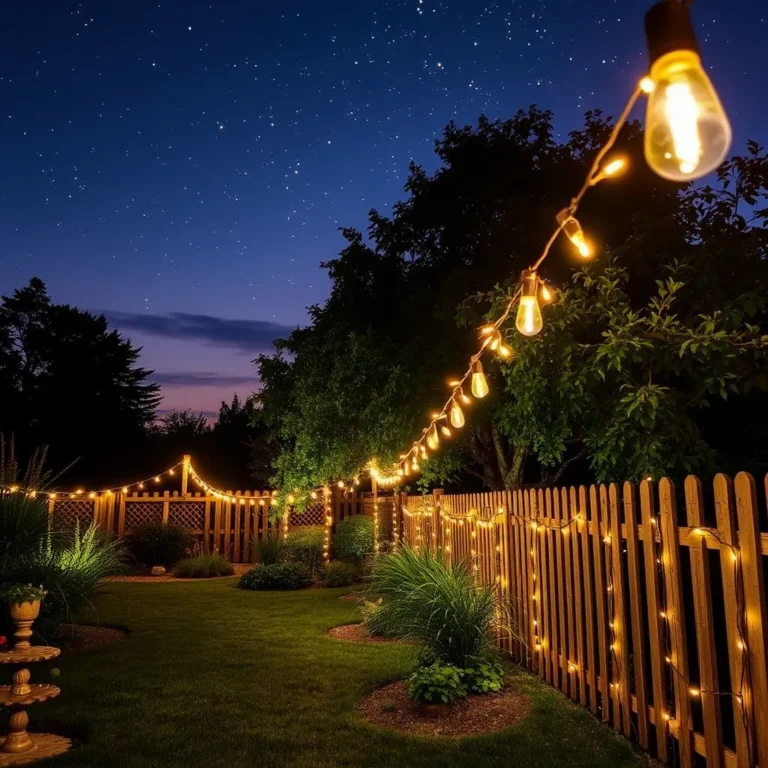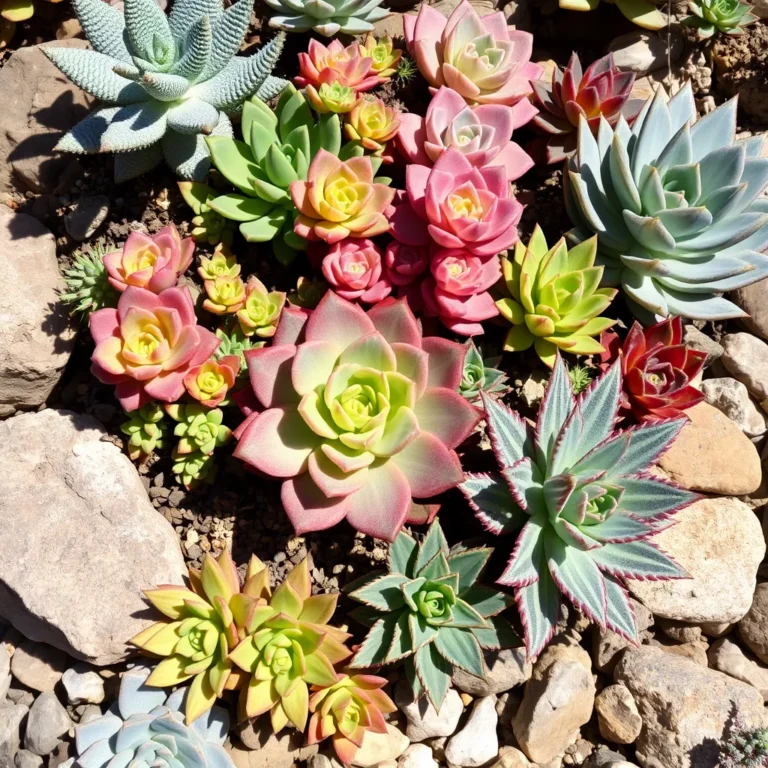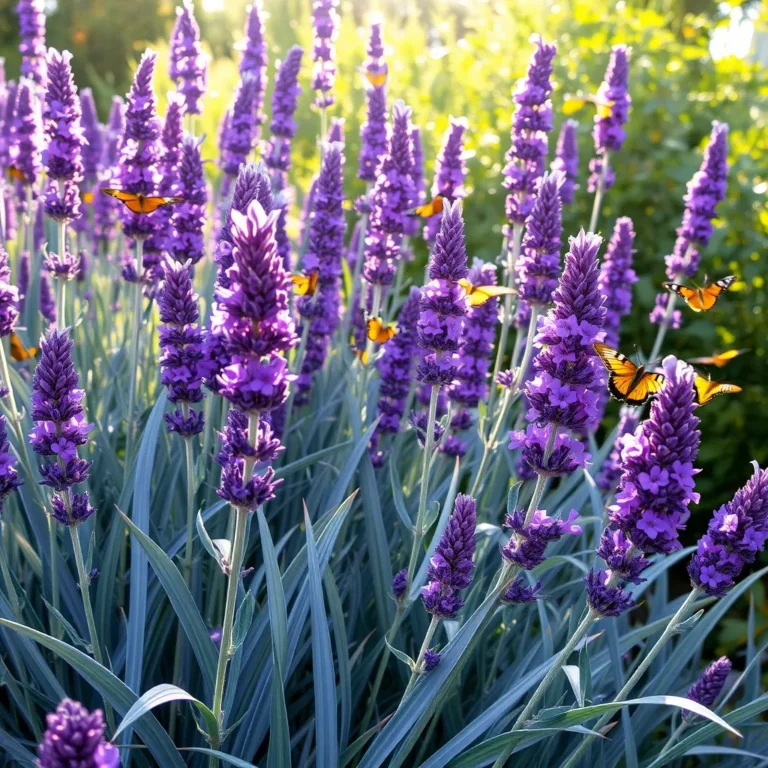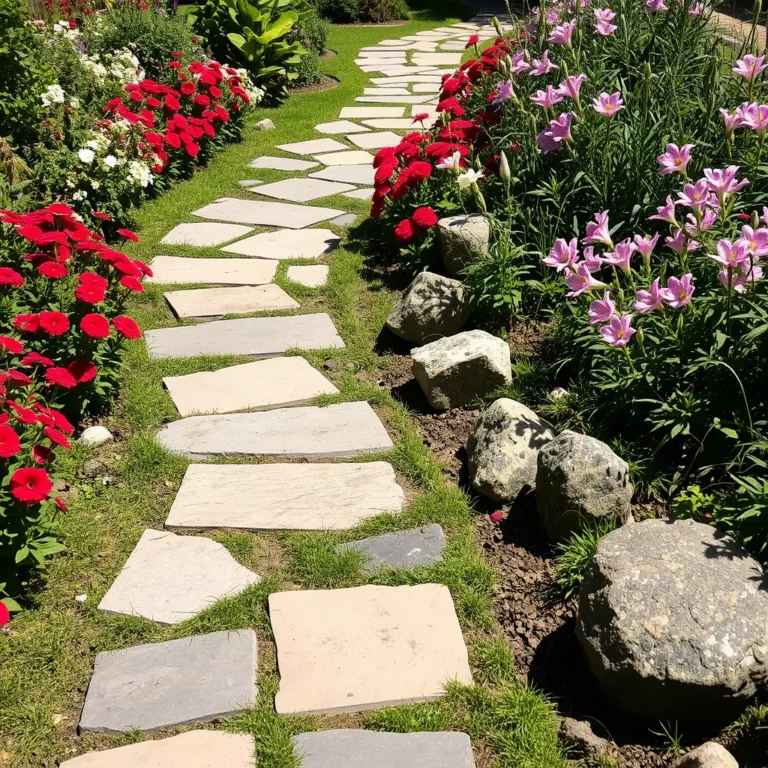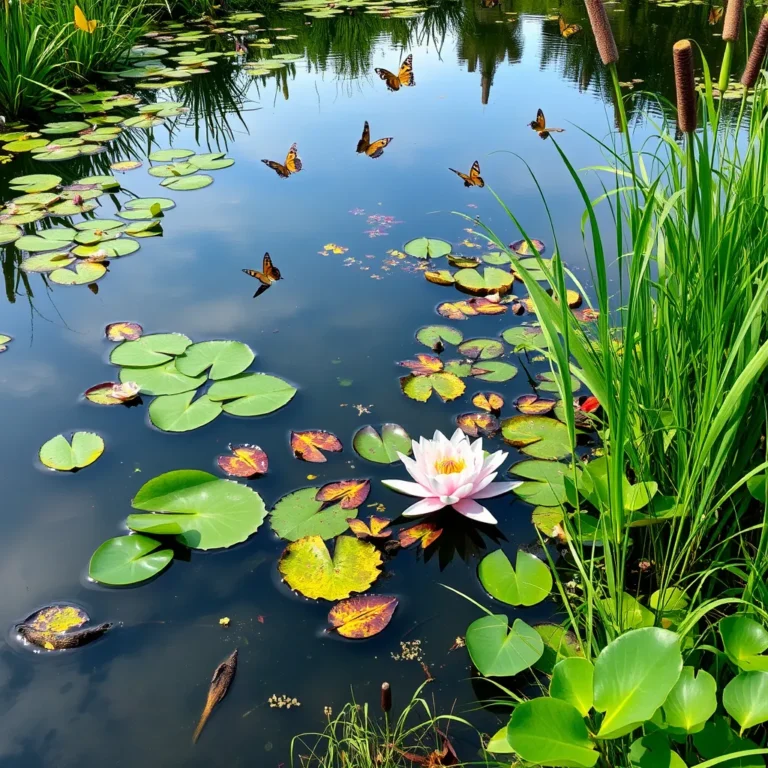9 Tips for Designing a Low-Maintenance Garden Guide
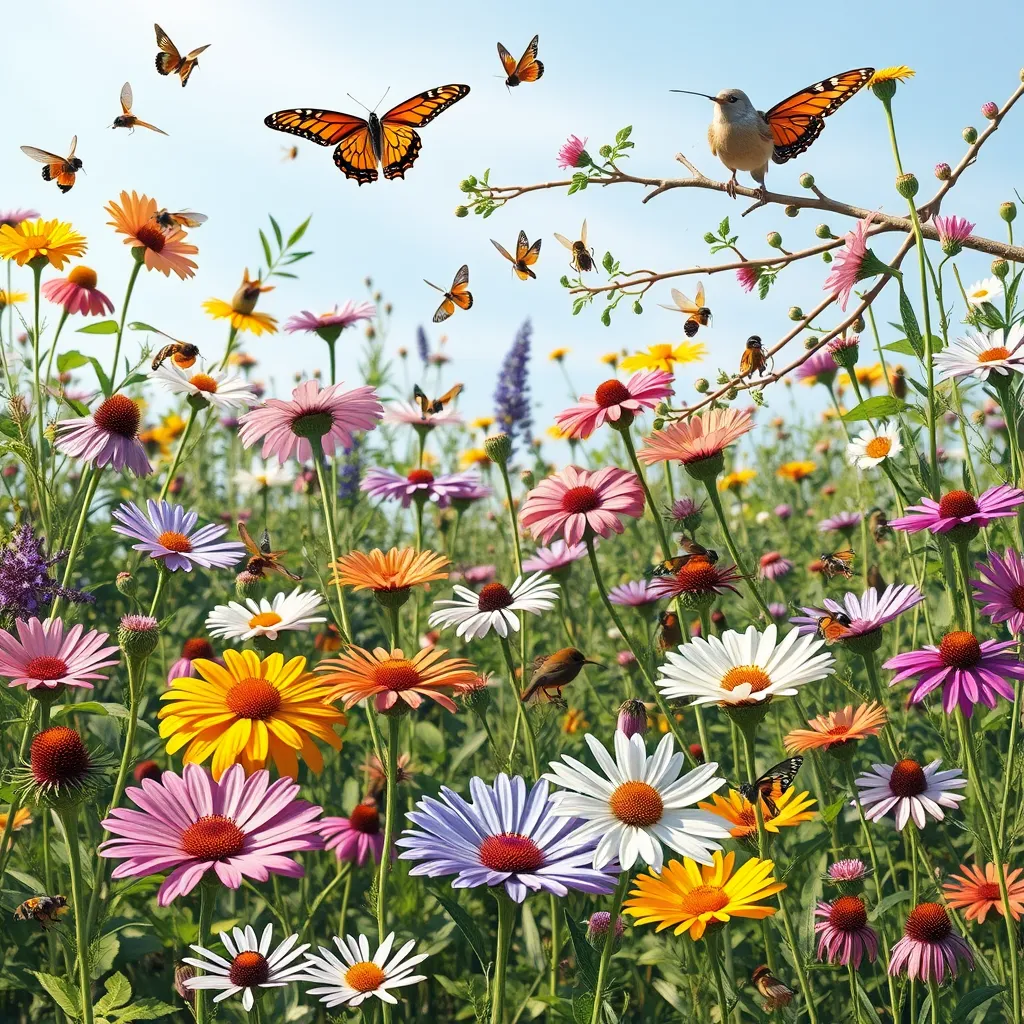
Are you tired of spending too much time in the garden? You can create a low-maintenance garden that looks great with just a few smart choices. In this guide, I’ll share nine practical tips that will help you design a beautiful garden without the hassle. From selecting the right plants to planning your layout, you’ll save time and enjoy your space more. Let’s dig in and get started!
Choose Native Plants for Low Maintenance

Choosing native plants makes your garden easier to care for. Native plants grow well in your local soil and climate. They need less water and care to thrive. This saves you time and effort. You can find native plants at local nurseries or online stores.
Native plants attract local wildlife, too. Birds, butterflies, and bees love them. This means your garden becomes a lively and colorful place. You also help the environment by selecting plants that belong there.
When I started my garden, I picked a few native flowers. They bloomed beautifully every year. I hardly had to water them, and they thrived. This experience taught me the value of choosing plants that fit my area.
Utilize Perennials for Long-Term Color and Texture

Perennials are plants that come back every year. This means less work for you. You do not need to replant them each season. They add color and texture to your garden for many years.
I love using perennials. They bloom at different times, so there’s always something pretty to see. Choose varieties that suit your taste and your space. Some perennials like sun, while others prefer shade.
By selecting the right mix, you create a vibrant garden. I have a mix of flowering and leafy perennials. They make my garden look alive from spring to fall.
Select Drought-Resistant Varieties for Water Savings

Drought-resistant plants need less water. This is great if you want to save time and money. These plants can survive tough weather and dry spells. They are perfect for low-maintenance gardens.
When I picked drought-resistant plants, I noticed a big change. I spent less time watering and more time enjoying my garden. Look for succulents or certain herbs that thrive in dry soil.
You can also mix drought-resistant plants with native ones. This combo helps create a beautiful garden that needs little care. Your garden will stay green and healthy with less effort.
Implement Mulching Techniques to Suppress Weeds

Mulch is your friend in the garden. It covers the soil and blocks weeds. You can use wood chips, straw, or leaves as mulch. Spread it around your plants, leaving some space near stems. This keeps weeds down and helps soil stay moist. Plus, mulch breaks down over time. It adds nutrients to the soil.
Plan for Proper Drainage to Prevent Overwatered Plants

Plants need water, but too much can harm them. Good drainage helps water flow away from roots. To plan this, look at the slope of your yard. If it is flat, you may need to create small hills or mounds. You can also dig trenches to guide water away. Add gravel or sand to improve drainage. This keeps roots healthy and happy.
Design a Simple and Efficient Layout for Ease of Access

A simple layout saves you time and energy. Keep your paths wide enough for easy access. You can use stones or bricks to outline paths. Group similar plants close together. This makes watering and weeding easier. Plan your garden so you can reach every spot without trouble. A good layout makes your garden fun to care for.
Incorporate Hardscaping to Reduce Planting Areas

Hardscaping means adding non-plant elements like stones or patios. I love using hardscaping to cut down on garden work. It makes the garden look neat and clean. You can use bricks, gravel, or pavers. They create beautiful paths and spaces. These areas need no water or care. This way, you spend less time on chores.
Use Ground Covers to Minimize Lawn Space

Ground covers are low plants that spread out. They can replace your lawn. I often use them for hard-to-mow areas. They look nice and save time. Some good options are clover, creeping thyme, or sedum. These plants need little water and care. Plus, they help stop weeds from growing too.
Install Irrigation Systems for Automatic Watering

An irrigation system helps you water your plants without effort. I recommend drip systems or soaker hoses. They deliver water right to the roots. This means less waste and more savings on water. Set a timer for easy watering. You can enjoy your garden without worrying about its needs.
Group Plants with Similar Water Needs Together

When you group plants with similar water needs, you save time and effort. This method helps you water less often. For example, place drought-tolerant plants near each other. Keep thirstier plants together, too. This way, you water them on the same schedule. It makes your garden easy to care for. You won’t have to think about which plants need more water. It also helps prevent overwatering. Overwatered plants can die or get sick. Always check how much water each plant needs. This knowledge helps you create a smart garden.
Consider Seasonal Interest in Plant Selection

Think about how your garden will look in every season. Choose plants that bloom at different times. Some plants may bloom in spring, while others bloom in fall. This mix keeps your garden looking fresh all year. You can add evergreen plants for winter color. They bring life to a dull landscape. A varied garden gives you more to enjoy. You want to see flowers, leaves, and colors change over time. This approach makes your garden less work. You will spend less time planting and more time enjoying.
Seek Expert Advice for Sustainable Practices

Don’t hesitate to ask for help. Local garden centers often have experts. They can guide you on the best plants for your area. They know what grows well and what needs less care. You can also find online forums with gardening tips. Experts can teach you about soil health and pest control. Learning about these topics helps you design a better garden. Sustainable practices reduce waste and make your garden thrive. When you seek expert advice, you set yourself up for success. A little guidance can go a long way.
Conclusion
Creating a garden with native plants and perennials takes little effort. Choosing drought-resistant plants saves water and time. Use mulch to control weeds and plan water drainage for healthy growth. Simple layouts and hardscaping make maintenance easy. Ground covers reduce lawn areas and keep your yard looking nice. Group plants by water needs for better care. Don’t forget seasonal interest and expert advice. These steps lead to a beautiful, low-maintenance garden you will enjoy for years.

